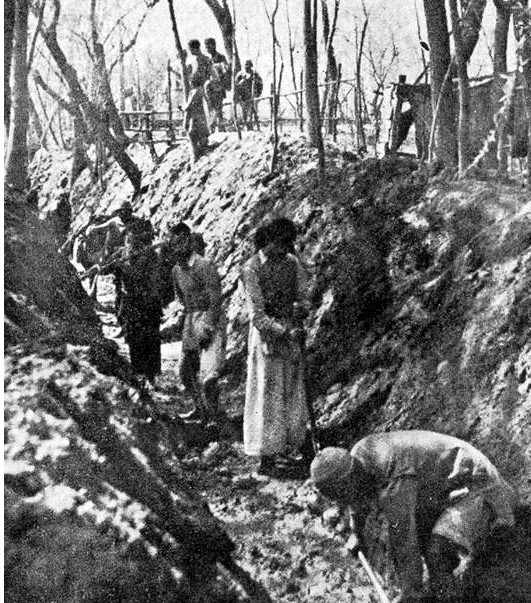North Kashmir Himalayas
Hydropower in the Himalayas: Potential and risks
Posted on 21 Aug, 2019 11:01 PMWorldwide, the demand for energy has risen significantly and quickly, leading to serious impacts on environmental sustainability and hindering global efforts to mitigate climate change. Hydropower, a leading renewable option has the additional benefits of water storage for agriculture and other uses.

The inhospitable Indus
Posted on 04 Nov, 2013 08:29 PMFlowing through Tibet, northern India and Pakistan, the Indus is the western-most major river of the Indus-Ganga-Brahmaputra basin. This basin extends over most of South Asia from the Himalayas to the Vindhyas, excluding Peninsular India, and carries the rain that falls in this region to the Indian Ocean.

Fall in love with Tso Moriri
Posted on 01 Aug, 2013 07:59 AMThis brackish lake is located 4,595 metres above sea level, an altitude to tax the lungs of the most dedicated trekker. With two wetlands - the Nuro Sumdo on the North, and the Pare Chu on the South - the lake is a breeding ground for many rare bird species. It is a day's travel from Leh and a popular destination for the avid birdwatcher.

Construction empties Kashmir's rice bowl: How unplanned 'development' has led to a shortage of this staple crop
Posted on 24 Feb, 2012 03:16 PMVideo courtesy: VideoVolunteers
Comparative management performance of government and farmer managed irrigation systems in Kashmir
Posted on 04 Dec, 2011 11:49 AMKashmir was originally home to an elaborate network of farmer owned and managed canal based irrigation systems. Gradually, with the increase in planned development, several irrigation canals were taken under the control of the irrigation department. This paper compares the management of irrigation systems by farmers and government.

Assessing variability of water quality in a groundwater-fed perennial lake of Kashmir Himalayas using linear geostatistics – A paper in Journal of Earth System Science
Posted on 17 Jul, 2011 08:47 PMThe study of the hydrochemistry of the Manasbal lake was done to find out whether the lake water was fit for drinking, irrigation and other purposes.
A record of lake outburst in the Indus valley of Ladakh Himalaya: A paper in Current Science
Posted on 23 Jun, 2011 04:45 PMInterdependence of glacial fluctuations to hydrometeorology and sediment transfer in the connected river basins is well recognized in the Himalayan region. Considering the increased rates of glacial recession during past few decades, possibility of creating new lake basins by glacial melt and damming of rivers followed by lake outbursts and related flash floods is likely to increase.
How climate change has affected Ladakh: The region has seen unusual floods in July 2005 and August 2006
Posted on 26 Aug, 2009 03:36 PMIt is in Jammu Kashmir and is bordered by the Himalayas and the Karakoram mountain chains. Ladakh and its water sources are almost entirely dependent on the glaciers and snow-melts and changes in water systems can be directly attributed to changes in the glaciers and thus climate change.
Impact of climate change in India: An agro - ecological zone level analysis
Posted on 20 Aug, 2009 06:04 PMIndia is gifted with heterogeneous landforms and variety of climatic conditions such as the lofty mountains, the raverine deltas, high altitude forests, peninsular plateaus, variety of geological formations endowed with temperature varying from arctic cold to equatorial hot, and rainfall from extreme aridity with a few cms (<10 cm) to pre humid with world's maxim